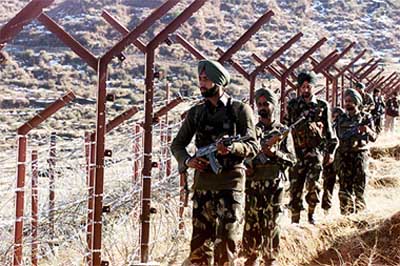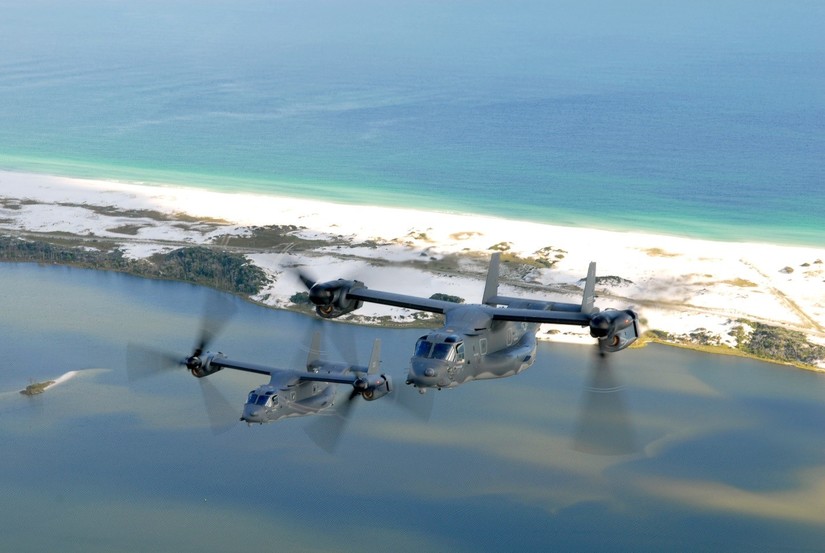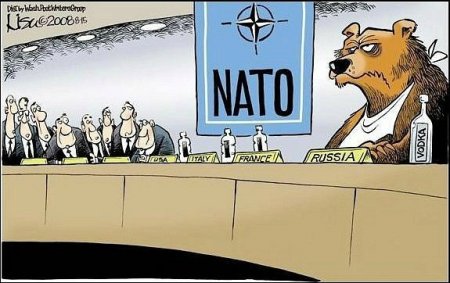Kashmir is a small region that is located in the foothills of the Himalayas. Also referred to as Heaven on Earth because of its scenic beauty, the region has been the subject of dispute between two nuclear-power states, India and Pakistan, since the partition of India in 1947. Both states fought for territorial control of Kashmir during the partition, and under the supervision of the UN they both agreed to a ceasefire. The ceasefire divided Kashmir by assigning the administration of separate areas to each party.
In 1972, India and Pakistan signed the Simla agreement, which has a clause dedicated to the implementation of a formalized ceasefire line. The Line of Control (LoC) is currently recognized as an international border. To the satisfaction of neither party, India is now in control of Jammu, Ladakh, and the Kashmir Valley, whereas Pakistan is in control of Azad Jammu and the Northern areas. Three wars occurred in 1947, 1965, and 1999 as a result of the dispute over Kashmir. The conflict is compounded with water resource disputes and territorial claims.
[captionpix align=”left” theme=”elegant” width=”300″ imgsrc=”http://natoassociation.ca/wp-content/uploads/2013/10/indus2.jpg ” captiontext=”Indus River”]
Water Disputes
Originating in the Tibetan plateau, the Indus River is one of the longest ones in the world. It flows through India, Kashmir, Pakistan, and then merges into the Arabian Sea. Many people are unaware of the Indus River System and the degree to which it has severed relations between the two states. The Indus River is a source of potable water for communities living in India and Pakistan. But, unlike India, which has access to two rivers, it is Pakistan’s only source of fresh water. In Pakistan, 92 percent of its land is arid or semi-arid thus the Indus River is essential for sustaining communities. What is more, India and Pakistan both depend on agriculture for economic growth and the Indus River is indispensable to this particular form of development.
The Indus Water Treaty, brokered by the World Bank, is a water sharing treaty that was signed by both parties in 1960. It is the result of mistrust between India and Pakistan. Pakistan is wary of India since the state is situated at the upper riparian of the river, whereas Pakistan is the lower riparian. India is the upstream riparian of the main Indus tributaries that flow into Pakistan, which allows it to have control over the flow of water. If Pakistan forfeits its claims in Kashmir it would lose Chenab and Jhelum, two of the main tributaries. The possibility of losing these two tributaries would ultimately, from the perspective of Pakistan, give India the upper hand in allocating water. It is for this reason that the water issue is also linked to the Kashmir conflict.
The Insurgents of Kashmir
Since the inception of the insurgency movement in 1989, there has been a drastic increase in the number of militant groups fighting for the independence of Kashmir, especially in Indian-administered areas. What initiated as an uprising soon transformed into an armed revolution and the decision to militarize Kashmir is a direct cause of this. There are three well-known groups: Hizbul Mujahideen (HuM), Lashkar-e-Taiba (LeT), and Harkatul Mujahideen (HM). The degree to which these groups collaborate is unknown but some say that they are part of the United Jihad Council (UJC). The notoriety level of JeM and LeT is quite high. It has been said that these particular groups were involved in the 2001 attack on the parliament in Delhi and the 2008 Mumbai attacks.
A well-known militant group, the Jammu and Kashmir Liberation Front (JKLF) gave up arms for the purpose of gaining prominence within the political domain. Though this particular group gained a reputation as the largest pro-independent terrorist organization, its influence is gradually waning. Something that all of these insurgents have in common relates to a common goal, which is to take control of India-administered de facto zones and establish Muslim rule in Kashmir.
A Descending Spiral: Why the Kashmir Conflict Continues
Integrating Kashmir with India is depicted as an action that will most likely destroy Kashmiri identity, especially because a majority of Kashmiris are Muslim. Simply put, Kashmiris do not want to be governed by India. Instead, they prefer to be integrated with Pakistan or gain independence. It is for this very reason that India disagrees to holding a plebiscite. On the other hand, Pakistan supports the idea of resolving the conflict by holding a plebiscite, but it does not support Kashmiri independence. Due to India’s reluctance to hold a plebiscite in its controlled areas, it is difficult to know what options the Kashmiris favor.
Though there have been some positive changes with regard to India-Pakistan relations, the LoC still exists to this very day. Even though a ceasefire line is in position, cross-border firing between India and Pakistan is a reality. What this means is that conflict will continue because of irreconcilable differences. Relations between the two states are stretching thin, and this is partly because of four contentious hydro projects that India seeks to employ in its administered areas. Pakistan worries that these projects could potentially impact the inflow of water into its territory. It is no secret that Kashmir is a multidimensional conflict: from terrorists and water disputes to territorial claims, the damaged paradise will continue to experience many forms of violence.




